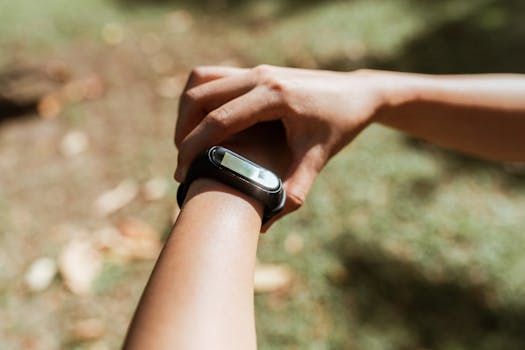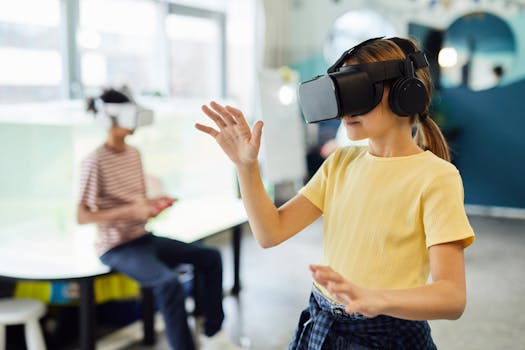
Takeaways

Table of Contents
1. Smart Home Devices
In 2023, smart home devices have become more integrated and user-friendly, making our lives easier than ever. One standout gadget is the Smart Hub, which acts as a central control system for all smart devices in the home. With voice commands and mobile apps, users can manage lighting, temperature, and security seamlessly.
Another innovative gadget is the Smart Refrigerator. With features like internal cameras that allow users to see what’s inside without opening the door, recipe suggestions based on available ingredients, and the ability to order groceries online, it has transformed how we think about food storage and meal preparation.
Moreover, smart security cameras equipped with AI have become essential for home safety. These cameras can differentiate between family members, pets, and intruders, sending alerts only for suspicious activities. The introduction of smart locks that can be controlled remotely adds an extra layer of convenience and security.
Lastly, the Smart Thermostat continues to evolve, learning user habits to optimize heating and cooling systems, reducing energy bills. These devices not only provide comfort but also promote sustainability by minimizing energy waste.
2. Wearable Technology
Wearable technology has taken a significant leap in 2023, with gadgets that track health metrics and enhance connectivity. The latest fitness trackers now offer advanced features such as ECG monitoring, sleep apnea detection, and personalized workout suggestions. These trackers not only help users stay fit but also monitor vital health statistics continuously.
The introduction of smart glasses has also made waves. These glasses can display notifications, provide navigation assistance, and even translate languages in real time, making them perfect for travelers and professionals alike. With augmented reality capabilities, they are set to redefine how we interact with our environment.
Additionally, the rise of smartwatches that seamlessly integrate with smartphones has made communication more efficient. Users can receive calls, messages, and app notifications directly on their wrist, allowing for hands-free operation. The latest models come equipped with advanced health tracking features, including blood oxygen levels and stress monitoring, proving that wearables are not just about fitness anymore.
As technology evolves, wearables are becoming essential tools for managing our health and staying connected, showing their importance in our daily lives.
3. Health Tech Gadgets
This year has marked a significant advancement in health tech gadgets that aim to improve personal health management. The smart home health monitoring systems allow users to track vital signs, manage medication schedules, and even connect with healthcare providers remotely. These systems can alert users and their doctors if any metrics fall outside the normal range, enabling proactive health management.
Another innovative gadget is the portable ultrasound device that connects to smartphones. This device provides healthcare professionals with the ability to conduct ultrasounds in various settings, making medical care more accessible, especially in remote areas.
Telehealth has also witnessed a surge with the introduction of home diagnostic kits. These kits allow users to conduct tests for various conditions at home and send the results directly to their healthcare providers. This innovation not only saves time but also reduces the need for in-person visits, making healthcare more efficient.
Furthermore, smart pill dispensers have become an essential tool for medication adherence. These devices remind patients when to take their medications and can even alert caregivers if doses are missed, ensuring that patients stay on track with their health plans.
4. Mobile Gadgets

Moreover, the introduction of foldable smartphones has changed the way we interact with mobile devices. These gadgets provide a larger screen experience without sacrificing portability, making multitasking easier than ever.
Battery technology has also advanced, with new smartphones offering fast charging capabilities that allow users to power up their devices in minutes rather than hours. This innovation has addressed one of the biggest pain points for mobile users, ensuring they stay connected and powered throughout the day.
Lastly, accessories like portable power banks and wireless earbuds have enhanced the mobile experience. Power banks ensure that users never run out of battery on the go, while wireless earbuds provide seamless audio experiences, whether for music or calls.






